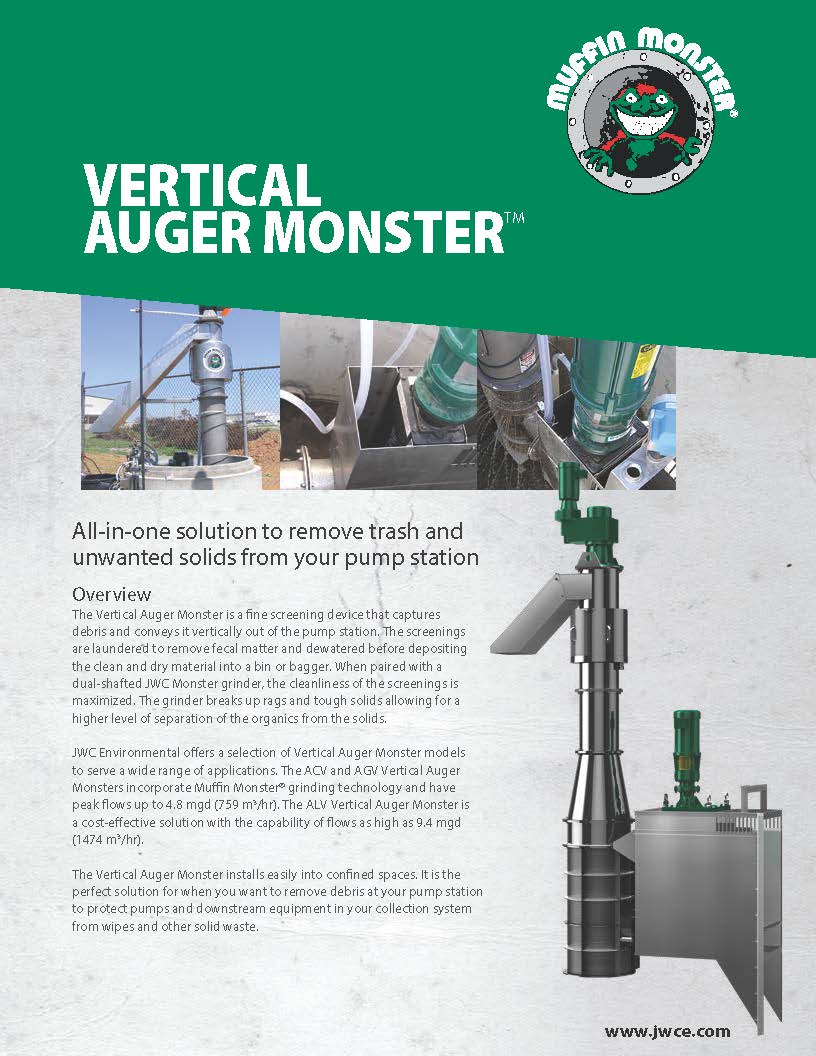Monster Manhole Saves $100,000 per Year by Stopping Pump Clogs
| By Rhonda Williams | 0 Comments
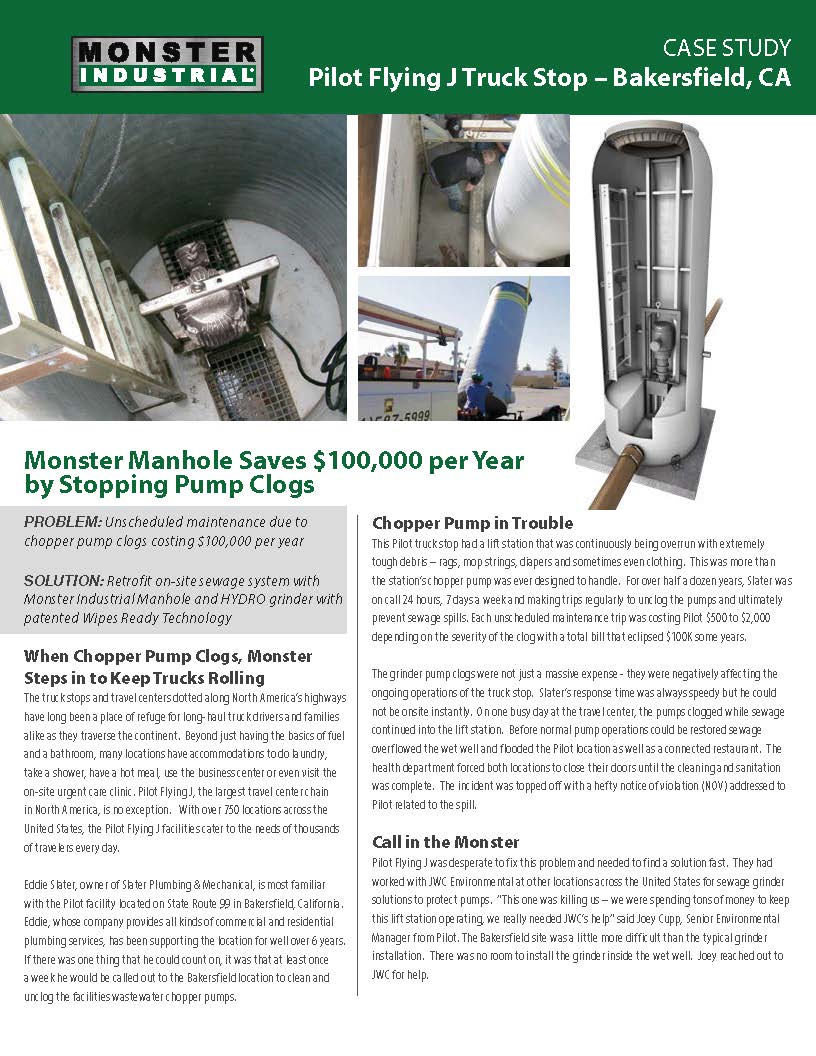
| By Rhonda Williams | 0 Comments

| By Rhonda Williams | 0 Comments
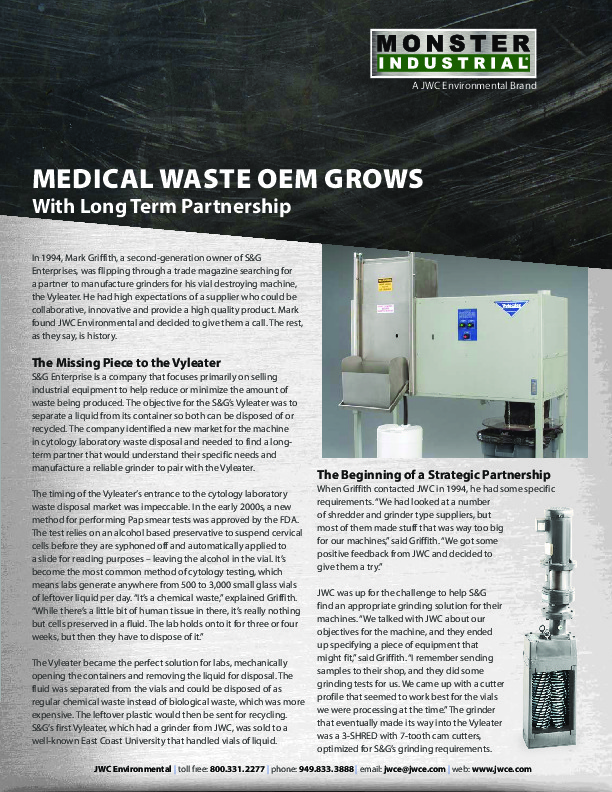
| By Rhonda Williams | 0 Comments
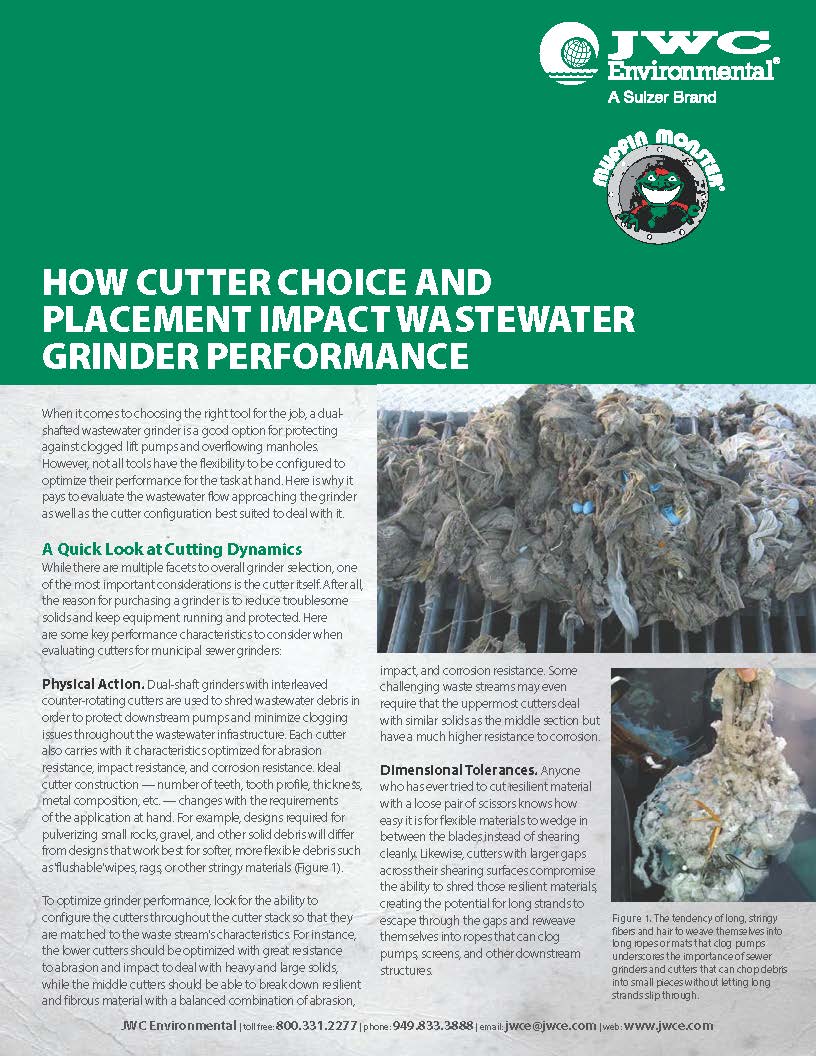
| By Rhonda Williams | 0 Comments
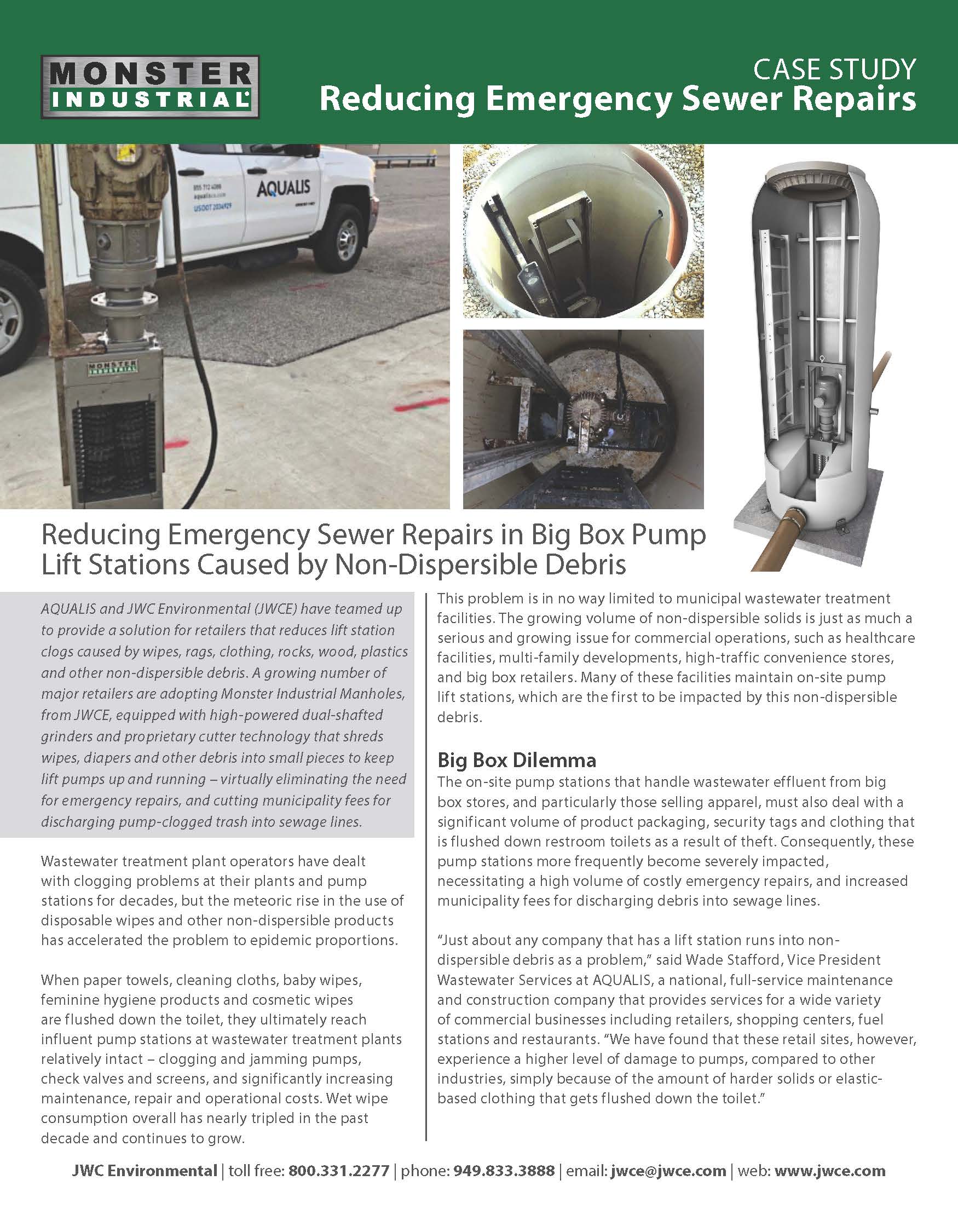
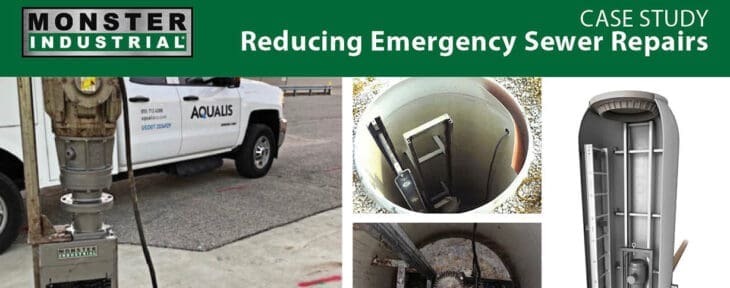
AQUALIS and JWC Environmental (JWCE) have teamed up to provide a solution for retailers that reduces lift station clogs caused by wipes, rags, clothing, rocks, wood, plastics and other non-dispersible debris. A growing number of major retailers are adopting Monster Industrial Manholes, from JWCE, equipped with high-powered dual-shafted grinders and proprietary cutter technology that shreds wipes, diapers and other debris into small pieces to keep lift pumps up and running – virtually eliminating the need for emergency repairs, and cutting municipality fees for
discharging pump-clogged trash into sewage lines.
Wastewater treatment plant operators have dealt with clogging problems at their plants and pump stations for decades, but the meteoric rise in the use of disposable wipes and other non-dispersible products has accelerated the problem to epidemic proportions.
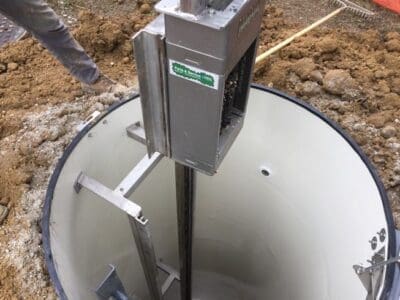
This problem is in no way limited to municipal wastewater treatment facilities. The growing volume of non-dispersible solids is just as much a serious and growing issue for commercial operations, such as healthcare facilities, multi-family developments, high-traffic convenience stores, and big box retailers. Many of these facilities maintain on-site pump lift stations, which are the first to be impacted by this non-dispersible debris.
Servicing one of the world’s leading retailers, AQUALIS was tasked with finding alternative solutions to the non-dispersibles problem.
Curious to see their solution? Read the full story here.
| By Rhonda Williams | 0 Comments
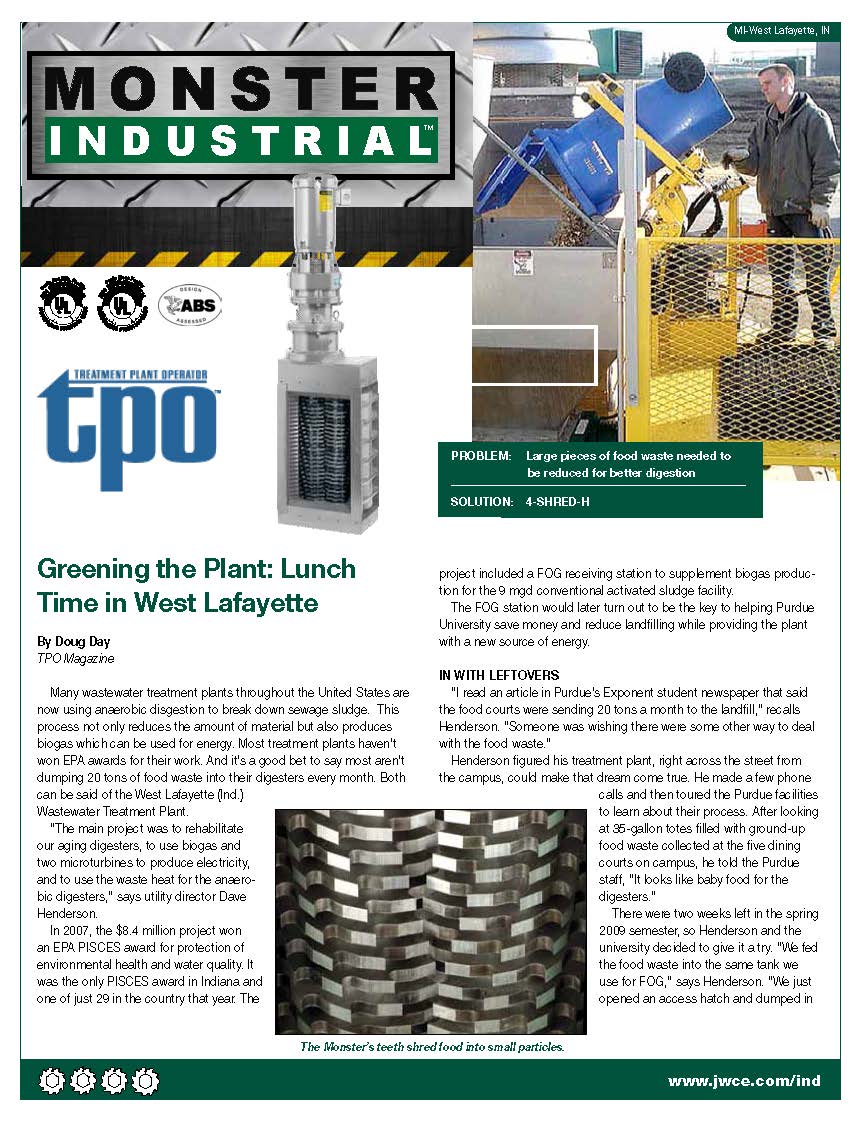
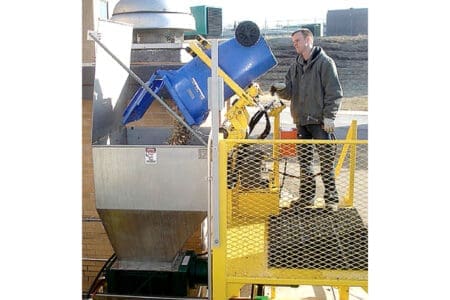
JWCE is proud to be a part of the organic waste recycling movement! The powerful 4-SHRED Monsters installed at the West Lafayette, Indiana wastewater treatment plant has increased efficiency at Purdue University. This food waste shredder grinds food waste recovered from the dining halls at Purdue University as the first step in the energy recovery process. The high-strength organic material is ground up into small pieces and then pumped into anaerobic digesters where it increases the production of biogas which is then burned to generate electricity.
The green energy project takes what was once wasted food scraps or food waste sent to the landfill and turns it into clean, green all-natural energy.
“A good 90 percent of our waste will be saved from the landfill and will go to the grinder,” said Jill Irvin, Director of Dining Services at Purdue. She estimates the University will send 20 tons of food waste every month to the treatment plant. Nothing the 4-SHRED Monsters can’t handle.
Read the article in Purdue’s local paper the Exponet, go>
Or, read the Treatment Plant Operator magazine success story, go>
Organic Waste Recycling – now another check box for JWCE!
| By Rhonda Williams | 0 Comments
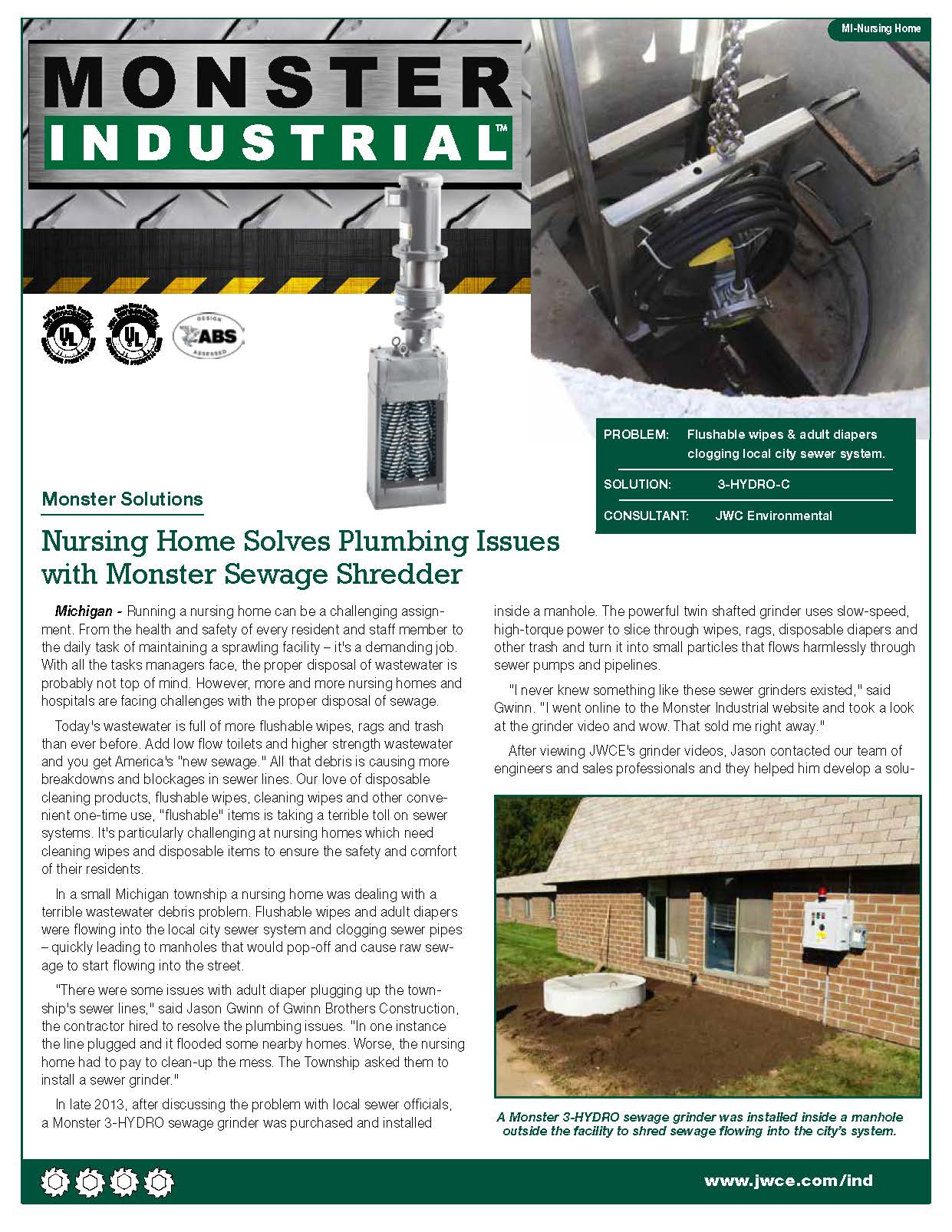
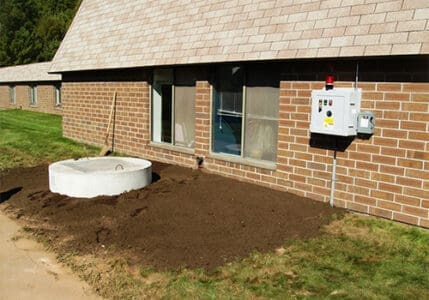
Running a nursing home can be a challenging assignment. From the health and safety of every resident and staff member to the daily task of maintaining a sprawling facility – it’s a demanding job. With all the tasks managers face, the proper disposal of wastewater is probably not top of mind. However, more and more nursing homes and hospitals are facing challenges with items improperly flushed down the toilet such as cleaning wipes, diapers, clothing and other debris.
“I never knew something like these sewer grinders existed,” said Gwinn. “I went online to the Monster Industrial website and took a look at the grinder video and wow. That sold me right away,” said Jason Gwinn of Gwinn Brothers Construction
Continue Reading the Success Story Here
| By Rhonda Williams | 0 Comments
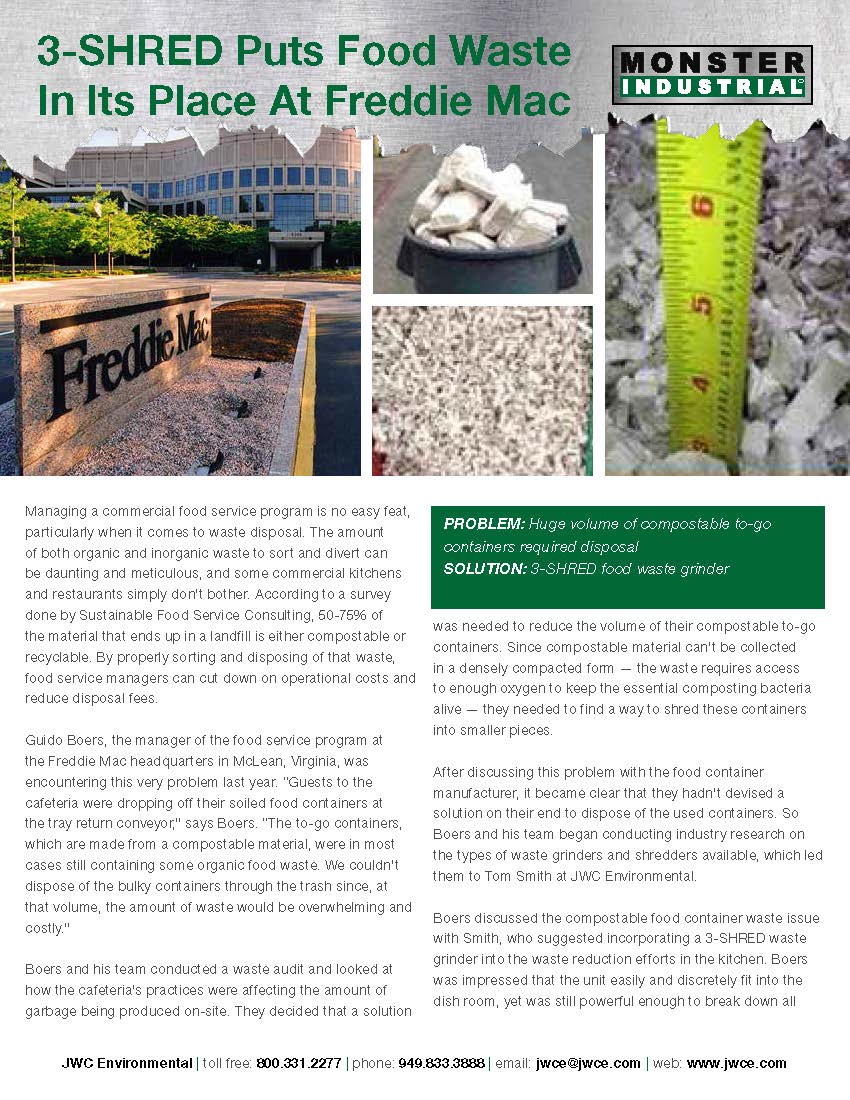
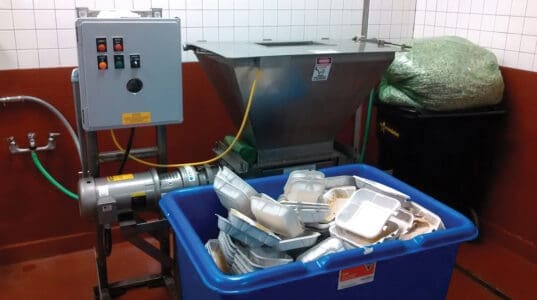
Managing a commercial food service program is no easy feat, particularly when it comes to food waste disposal. The amount of both organic and inorganic waste to sort and divert can be daunting and meticulous, and some commercial kitchens and restaurants simply don’t bother. According to a survey done by Sustainable Food Service Consulting, 50-75% of the material that ends up in a landfill is either compostable or recyclable. By properly sorting and disposing of that waste, food service managers can cut down on operational costs and reduce disposal fees.
Guido Boers, the manager of the food service program at the Freddie Mac headquarters in McLean, Virginia, was encountering this very problem last year. “Guests to the cafeteria were dropping off their soiled food containers at the tray return conveyor,” says Boers. “The to-go containers, which are made from a compostable material, were in most cases still containing some organic food waste. We couldn’t dispose of the bulky containers through the trash since, at that volume, the amount of waste was overwhelming and costly.”
Boers and his team conducted a waste audit and looked at how the cafeteria’s practices were affecting the amount of garbage being produced on-site. They decided that a solution was needed to reduce the volume of their compostable to-go containers. Since compostable material can’t be collected in a densely compacted form — the waste requires access to enough oxygen to keep the essential composting bacteria alive — they needed to find a way to shred these containers into smaller pieces.
After discussing this problem with the food container manufacturer, it became clear that they hadn’t devised a solution on their end to dispose of the used containers. So Boers and his team began conducting industry research on the types of waste grinders and shredders available, which led them to Tom Smith at JWC Environmental…
Read the full article here.
| By Rhonda Williams | 0 Comments
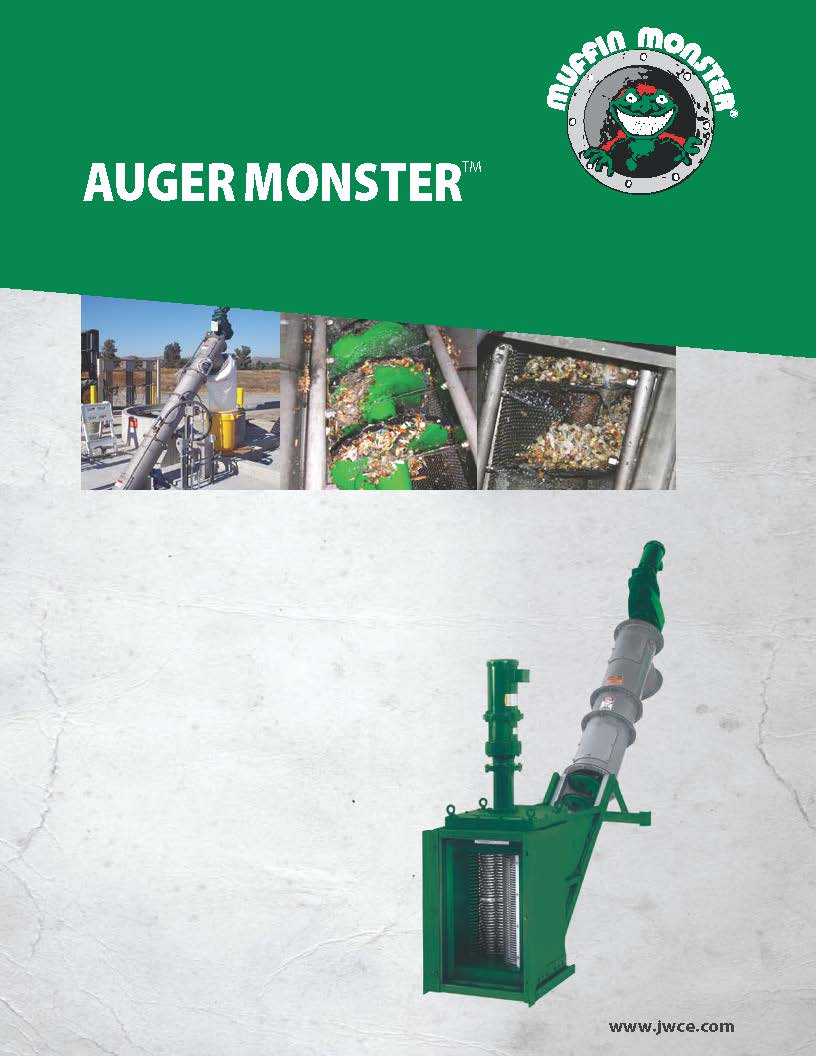
| By Rhonda Williams | 0 Comments
